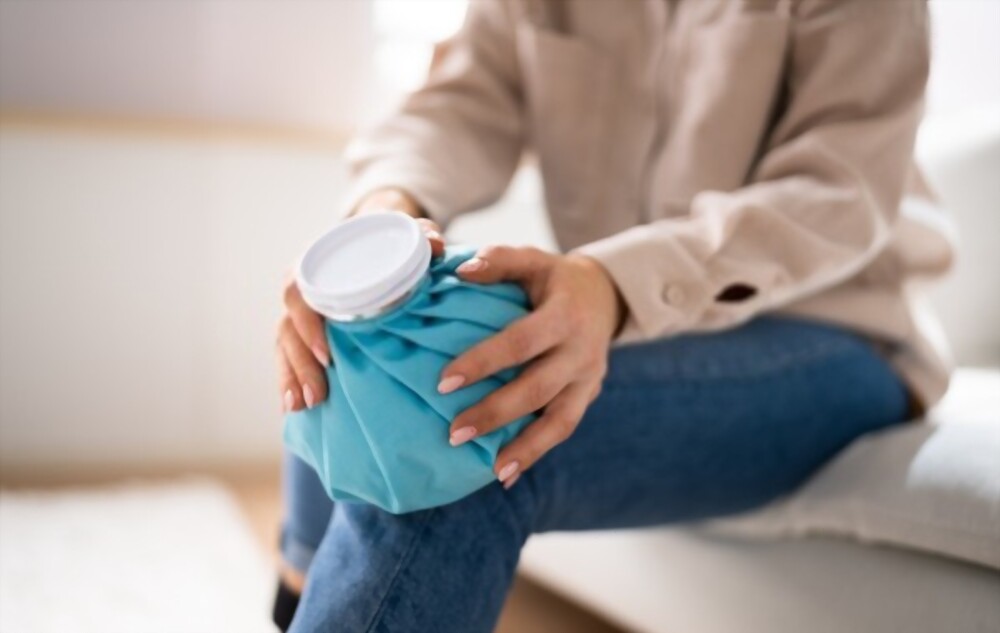Introduction-
The Police Principle is a modified first aid method to treat acute forms of musculoskeletal injuries. Traditionally, the first aid method was considered to be RICE- (Rest, Icing, Compression, Elevation.) and P.R.I.C.E (Protection, Rest, Icing, Compress, Elevate). It is most commonly used for ankle sprains.
POLICE refers to protection, optimal loading, icing, compression, and elevation.
Let us understand each one of these –
Protection
Protect means to protect the affected part from further tissue damage. This does not necessarily mean immobilization. It emphasizes on the appropriate amounts of rest to be taken to promote healing and prevent injury.
Optimal Loading
The bony, muscular and tendinous tissues all require some loading to stimulate healing. Optimal loading thus enhances healing.
The right amount of activity reduces swelling and oedema. The contraction of the calf muscles helps to move swelling up against gravity. Complete rest would prevent this. Optimal loading may not be appropriate for all cases. Example- in severe fractures that need surgery.
Rest
A short period of immobilisation is beneficial to avoid re injury or further tissue damage. This however should be limited to the first few days after injury. By allowing early mobilisation, the adverse effects of immobility can be minimised.
Ice
Icing or cryotherapy should always be promoted in acute injuries, for first 48 hours. It should be performed several times a day as it helps to reduces tissue metabolism and causes blood vessel constriction. It also helps reduce swelling and pain. There is no optimal dosage for icing and hence it should always be consulted as per injury.
Practice caution when using cryotherapy in people who are hypersensitive to cold or for those who have a circulatory insufficiency. It is recommended that the ice is wrapped in a damp towel or cloth before application.
Compression
Compression reduces further Oedema. An elasticated bandage should be used to provide a comfortable compression force. This however should not cause pain. Bandaging should begin distal to the injury and move proximally.
Elevation
Elevation will prevent swelling by increasing venous return to the systemic circulation. This helps in reducing hydrostatic pressure, it also helps in facilitating waste removal from the site of injury. Ensure that the lower limb is above the level of the pelvis.
Also read- https://vcurehealthcare.com/exercising-in-water-read-about-aquatic-therapy/

